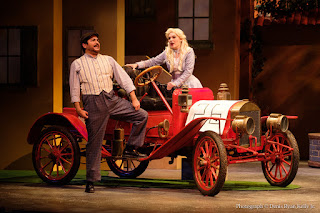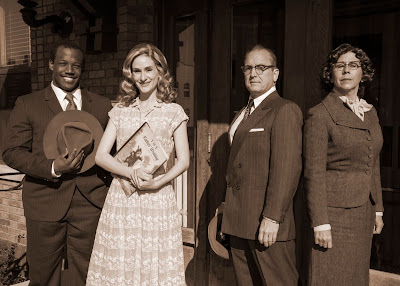Bryan Fonseca reclaims his Christmas vaudeville innovation for his new company

If you can imagine "A Very Bryan Chrystmas" as Santa Claus, you might find that what Clement Clarke Moore painted poetically for all time as a figure "chubby and plump, a right jolly old elf" has slimmed down and become a little less jolly. Unlike the "Very Phoenix Xmas" series that filled our stockings a dozen times at the Phoenix Theatre under Bryan Fonseca's inspired direction, the adaptation of the format that the Fonseca Theatre Company opened Friday night renders the Santa spirit as a slender, slightly clumsy fellow who distributes his gifts less lavishly and not quite so merrily. "Last Minute Shoppers," a new work by Mark Harvey Levine, has the Magi making last-minute decisions With support for his multicultural ambitions in theater, Fonseca has brought himself up by his bootstraps to establish operations on the city's west side, enlisting some outstanding, loyal talent to help realize his dreams after his departure from














